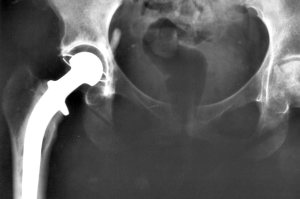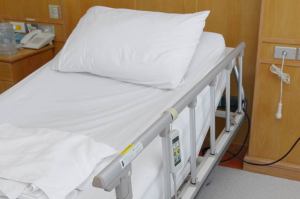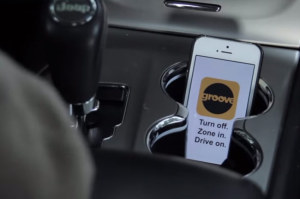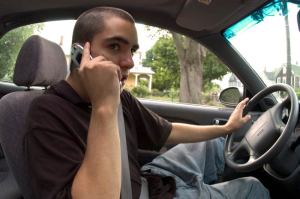On November 2, 2014, a Minnesota patient detached a metal bar from his hospital bed and used it to attack four nurses; one nurse suffered a collapsed lung, another broke her wrist, and the others had cuts and bruises . . . as well as bad memories of the night.
While some people might view the frightening event as an oddity, the Bureau of Labor Statistics reports that healthcare workers are some of the most likely workers to be attacked while on the job. According to OSHA, two out of three (on-the-job) physical assaults happen in the medical care and social service industries, and the numbers are going up. A survey underwritten by the Foundation of the International Association for Healthcare Security and Safety (IAHSS) found that the number of crimes increased by nearly 37 percent in just two years, from just under 15,000 in 2010 to more than 20,500 in 2012. Reported crimes included simple assault, larceny and theft, vandalism, rape, sexual assault and homicide. Even more disturbing than this increased number of violent crimes in healthcare settings is the likelihood that many incidents are not reported – at least one half, according to U.S. Department of Justice estimates.
 South Carolina Lawyer Blog
South Carolina Lawyer Blog


 When I get older, losing my hair, many years from now
When I get older, losing my hair, many years from now At the annual conference of the American Academy of Orthopaedic Surgeons earlier this year, Mayo Clinic researchers reported that 2.5 million Americans are living with artificial hips, surgically implanted when their natural joints degenerated or were fractured. Most of these patients found themselves with a new lease on life after their surgery, able to resume the normal activities they had enjoyed before their hips gave out. For thousands, however, the hip replacement devices led to disappointment, debilitating pain, and do-over surgery.
At the annual conference of the American Academy of Orthopaedic Surgeons earlier this year, Mayo Clinic researchers reported that 2.5 million Americans are living with artificial hips, surgically implanted when their natural joints degenerated or were fractured. Most of these patients found themselves with a new lease on life after their surgery, able to resume the normal activities they had enjoyed before their hips gave out. For thousands, however, the hip replacement devices led to disappointment, debilitating pain, and do-over surgery.
 We usually expect an increased number of car accidents during certain seasons – winter and the summer vacation period being two – but we’re coming up on another season in which roads can be hazardous . . . deer season.
We usually expect an increased number of car accidents during certain seasons – winter and the summer vacation period being two – but we’re coming up on another season in which roads can be hazardous . . . deer season. As we’ve reminded you several times (see this blog, and this one, and this), distracted driving is a major problem on our roads, causing the deaths of an estimated 15 people every day. And yet, news reports and statistics show that people continue to use their cellphones to stay constantly in touch, even while they’re behind the wheel of their vehicle. Awareness is not the issue . . . behavior is the issue. Obviously, it’s going to take more than verbal warnings to end texting and driving, and one Colorado-based tech company is doing just that.
As we’ve reminded you several times (see this blog, and this one, and this), distracted driving is a major problem on our roads, causing the deaths of an estimated 15 people every day. And yet, news reports and statistics show that people continue to use their cellphones to stay constantly in touch, even while they’re behind the wheel of their vehicle. Awareness is not the issue . . . behavior is the issue. Obviously, it’s going to take more than verbal warnings to end texting and driving, and one Colorado-based tech company is doing just that.
